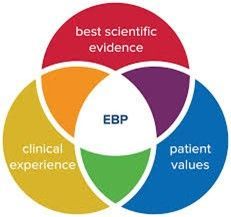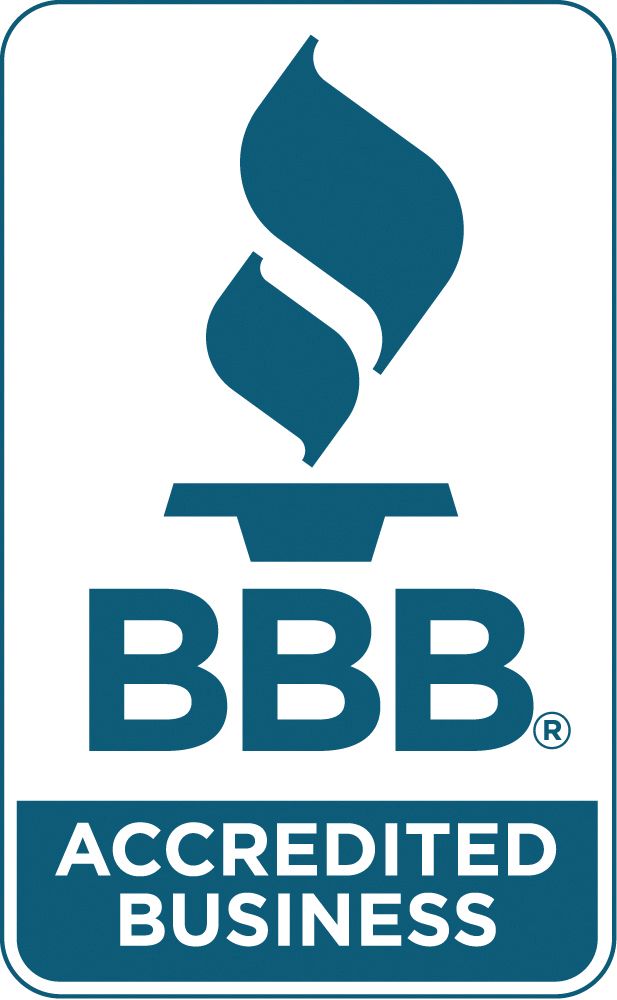The Six Types of Bullying
Are your clients going to school fearful of bullying? Or are you fearful they will be the ones doing the bullying?
There are different types of bullying that affect children and youth. What a bully uses to aggressively control, intimidate, or humiliate their target depends. Upon the target’s differences, perceived weaknesses, or other factors. But understanding that bullying is not only physical help professionals understands the ways bullies think. And learning their means of acting helps to treat them and those around them to reduce this behavior.
Sherri Gordon has written many articles and books about bullying prevention. She wrote an article about these types of bullying. A link to her article is at the end of this piece. She listed six primary types of bullying.
They are:
1.Physical Bullying
This is something youths in behavioral health care understand. Many of them are either the targets or the aggressors in this form of bullying. There is usually a physical size difference between the aggressor and target. The aggressor slaps, kicks, shoves the target or does other physical acts. This becomes the more obvious form and which others notice, leading to school suspensions or other forms of restriction.
2.Verbal Bullying
With this form, an aggressor doesn’t need to be larger in stature but feels superior to others. These statements belittle, demean, and/or humiliate others. This occurs for many youths with special needs, who appear different or “weaker”.
3.Relational Aggression
This type of bullying isn’t noticed like the others. Tweens and teens, many times girls, use this to manipulate peers and affect social standing. This happens with gossip, rumors, breaking confidences, insults, etc. It’s designed to put the target on the “outside” group and the aggressor on the “inside” group. Think of the movie Mean Girls and you have an idea.
4.Cyberbullying
Becoming more common, the use of social media or technology to harm and embarrass someone. A text, a phone call, a chat, an image are the vehicles to cause pain. Facebook, Twitter, Snapchat, and Instagram are common sites where this happens. When a bully doesn’t want to face their target, this becomes easier.
5.Sexual Bullying
When youths engage in name-calling, crude comments, vulgar gestures, this leads to sexual bullying. This occurs with boys to girls or even girls to girls. This also includes sexting as well. The goal is to shame another person about their body, appearance, etc. At times it leads to sexual assault.
6.Prejudicial bullying
This type of bullying occurs when the aggressor has negative feelings about the target’s sexual preference, religion, or ethnicity. Based upon judgments the aggressor has, verbal attacks occur. But it can also be non-verbal, such as looks, facial expressions, gestures, etc.
By the way, these don’t only happen in school or youth atmospheres. Workplace bullying occurs frequently, as well as on the freeway, in stores, etc.
Bullying prevention requires a comprehensive approach. Which involves the adults in their environment. Those doing the bullying as well as the targets. And those who are the witnesses. Because all willingly or unwillingly participate in the actions. Just as in family therapy, everyone plays a role in the problem and everyone must contribute to the solution.
Here’s the link to Sherri Gordon’s information:
PRAXES provides training to behavioral health organizations on subjects such as bullying prevention. For more information or a quote for training courses for your organization, please contact us.




